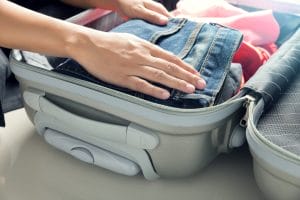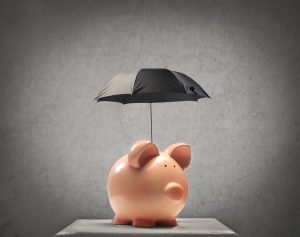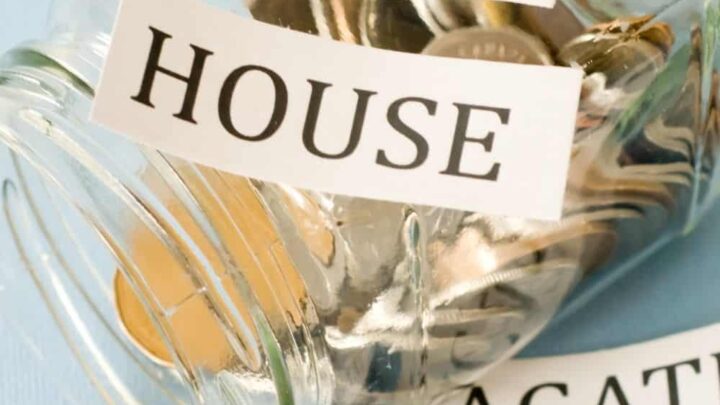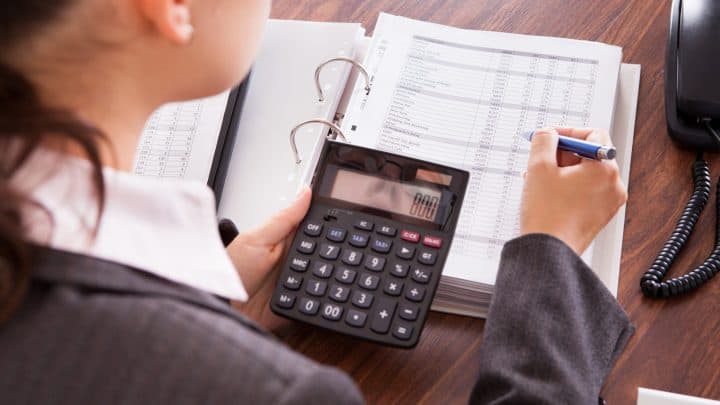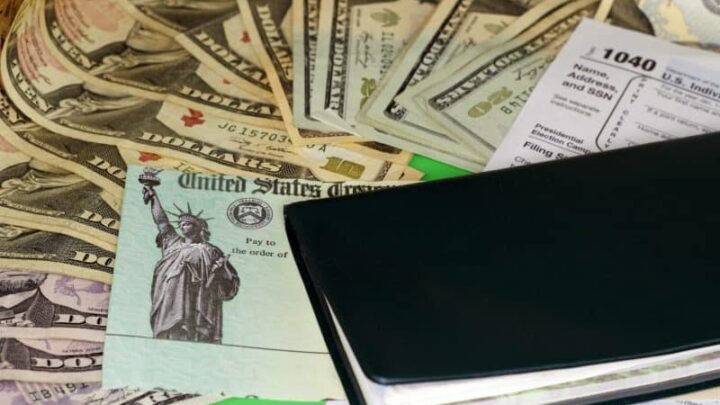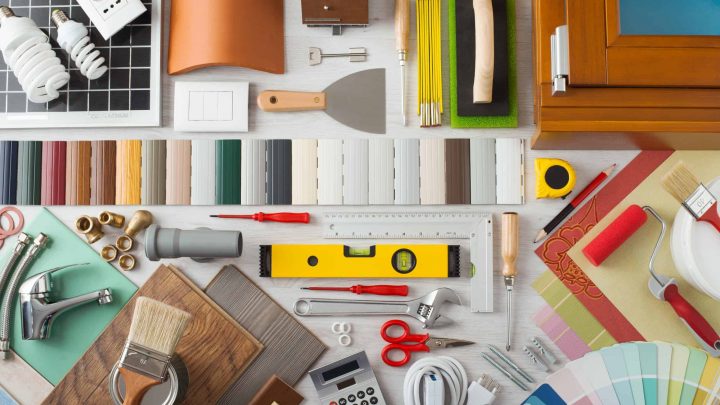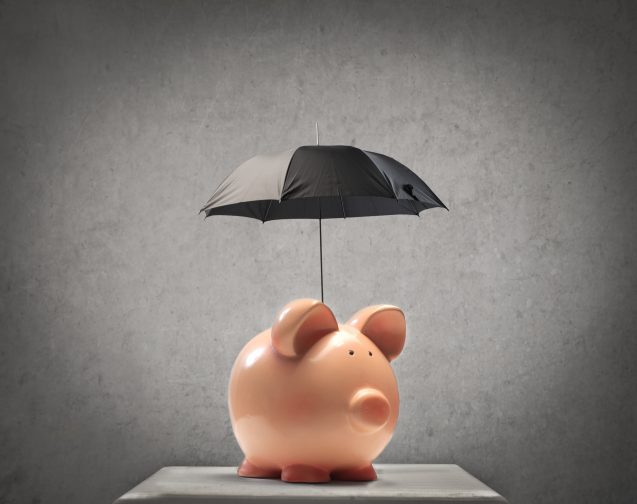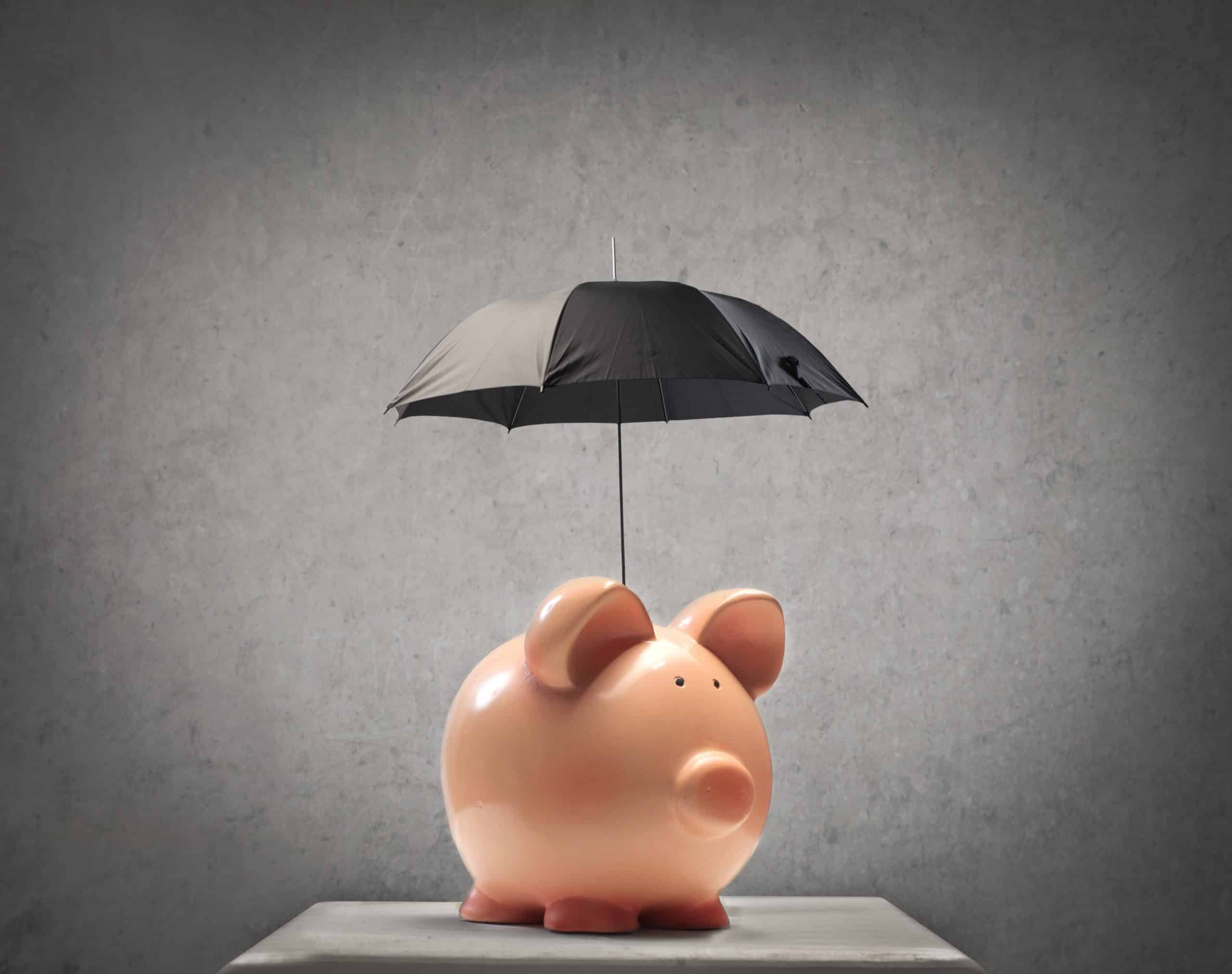How To Get Rid of Debt in 5 Easy Steps
Debt has hit families hard all over North America. Unemployment bankruptcies are up at alarming rates, and more and more people are feeling overwhelmed by their financial strain. However, because interest rates are at historical lows pressures to borrow will move upward. and pressure to move upward, the burden of debt stands to grow substantially.
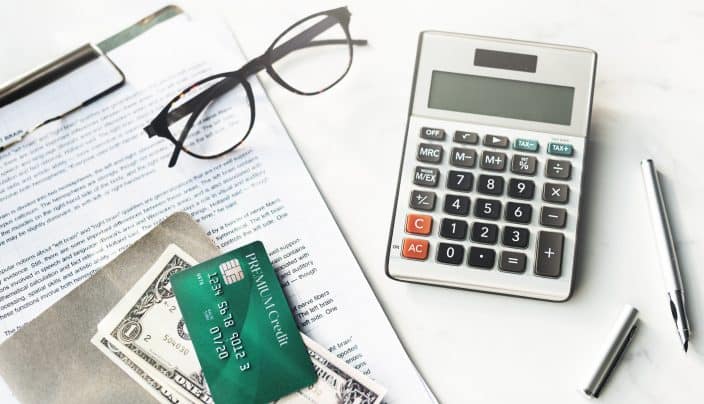
Although debt has a smothering effect, it is time to reign it in and take back control of your financial life. Make a plan that will help put you on the road to recovery.
What Is Debt
First, we need to understand what debt is. Debt is the amount of money borrowed from one party by another. The idea is that the one party borrows money from another party for a purchase they couldn’t normally afford. Borrowers pay back the loan at a later date, typically with interest.
Examples of this are the amount of money you put on a credit card or a loan you take out from a bank. Before you take on more debt you should understand your ability to pay it off in a timely manner. You can read more about the importance of your loan to income ratio and financial health from The Consumer Financial Protection Bureau.
It is important to have a plan to get your finances organized and loans reduced. Here are five steps that will bring your debt load under control.
How To Eliminate Debt
Step 1: Make a List of Your Debts
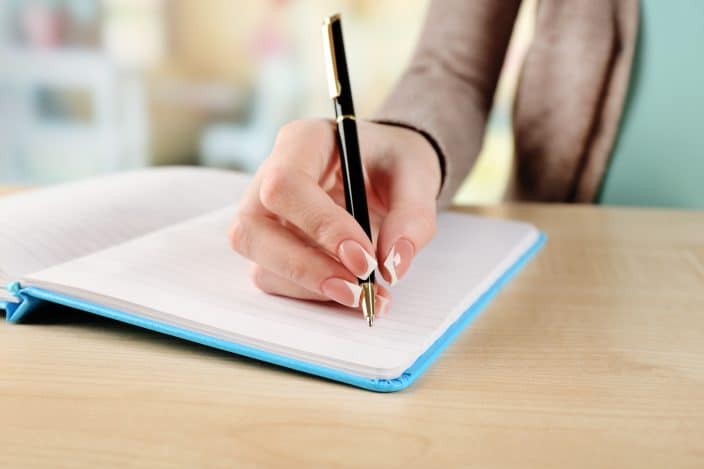
Write down everything you owe. Take account of all your bills. Seeing the amount of debt that will need to be paid back will help you deal with the problem. Acknowledging and understanding the size of the debt will help to begin the process of eliminating it.
Step 2: Calculate Repayments
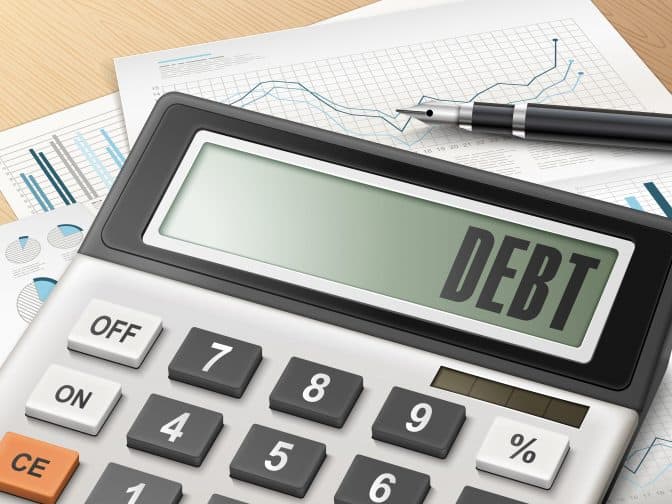
Determine your minimum repayment amount for each bill that you owe. Eliminating the smaller bills first while paying the minimum required on the larger bills will start you cutting away at the size of debt you have amassed. Use a spreadsheet to organize and calculate your payments overtime.
Step 3: Cut Those Cards Up
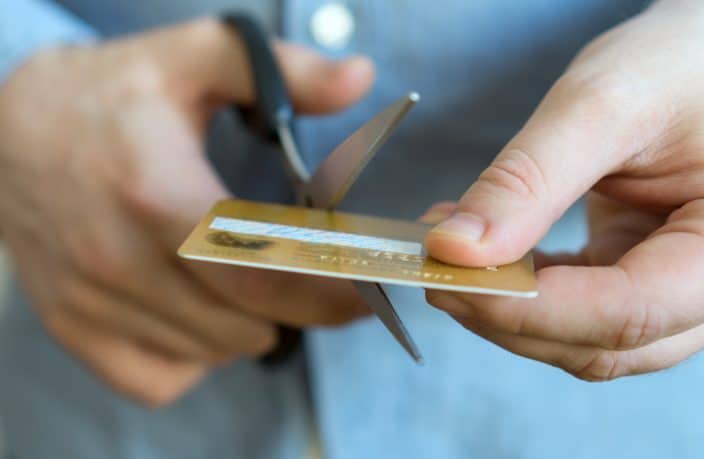
Credit cards make it extremely easy to spend money without being accountable till a month later. Most individuals have multiple cards, making the level of debt grow quicker and higher. Getting rid of those cards will limit your spending to essentials. Credit cards come with enormous interest rates that are crippling. Cutting the cards up will help you control what you are spending and eliminate impulse buying.
Step 4: Make A Budget
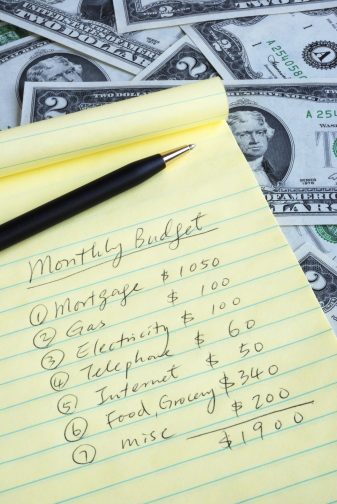
Calculating your income for the month should be done fairly easily and quickly. Once that is done, begin listing your expenses in order of importance. Larger items like mortgage and car payments should take first priority. Stick to items that are needed, such as food, gas and utilities. Be sure to create room in your budget for debt repayment. Any money left over should go into a savings account for emergencies that may arise.
Step 5: Get Help
Seeking professional advice for defeating the financial crisis can be a positive step to take. Companies like Debt Liberty specialize in reducing debts and making payments practical and efficient so that debt can be overcome quickly. Liberty Debt Relief has attorneys to assist in settlements with creditors, sometimes for pennies on the dollar. This is a trustworthy source of help that can make a difference.
Getting into debt is easy with “pay no money down” events that more and more retailers use. Spending today is simple when you are not charged till tomorrow. When it does come time to pay up, the burden of debt reduction can be paralyzing.
Reduce Financial Burden by Investing in Better Habits
Changing habits in your life can help to slow your spending down, which will allow you to apply more money to debt reduction. Limit the amount of times you eat out. Eating in will save you money. Driving a smaller car with better fuel mileage is not only better for the environment, it will also be better for your wallet. Downsizing your house can free up equity that you may have in your home to allow you to put down larger sums of money that can save you thousands in interest.
Life is filled with many stresses. Eliminating or reducing your debt will help to make life easier and less stressful. These five steps can help put you back on a solid financial footing where the burden of debt can be lifted, and freedom experienced.
- 14 Best Things to Do in Wilmington, NC and Where to Stay
- 3 Romantic North Carolina Mountain Getaways
- Romantic Beach Getaways
- Easy Holiday Entertaining Ideas
- Wine and Cheese Pairing
Have you tried any of these debt reducing strategies? Let us know in the comments below and add any other tips and tricks you may have!
You May Also Like
JOIN OUR NEWSLETTER
Stay in the loop! Sign up for our newsletter to receive the latest tips, exclusive deals, and inspiration for stylish living.

















